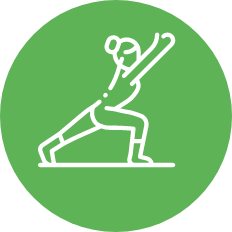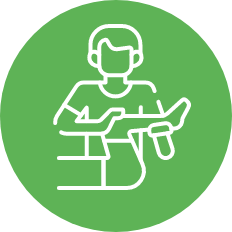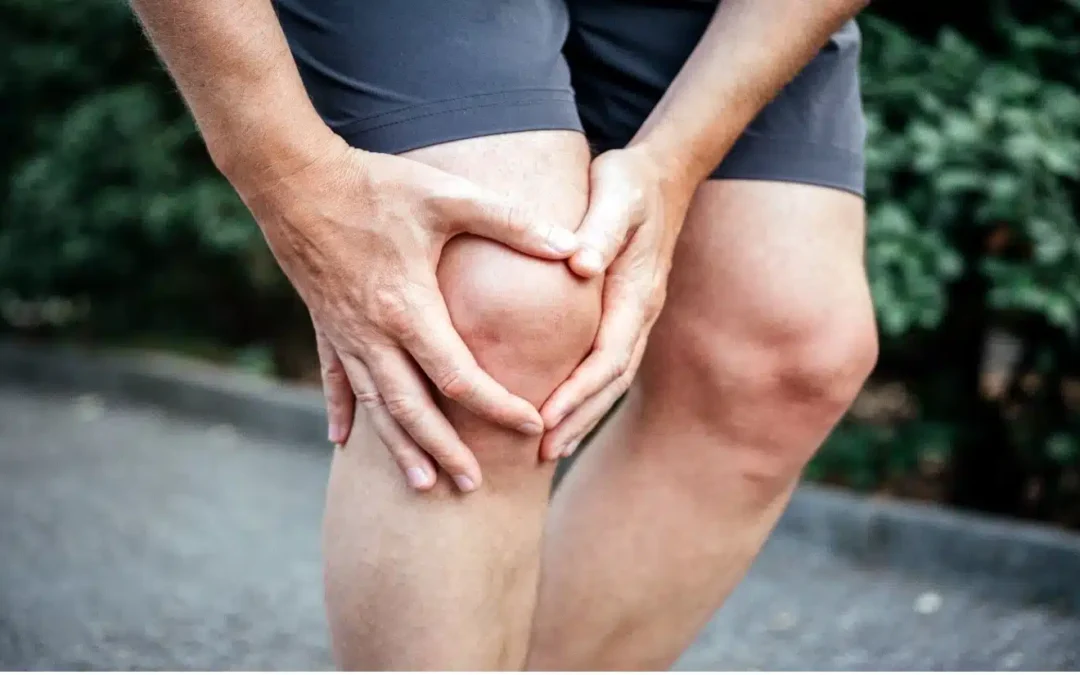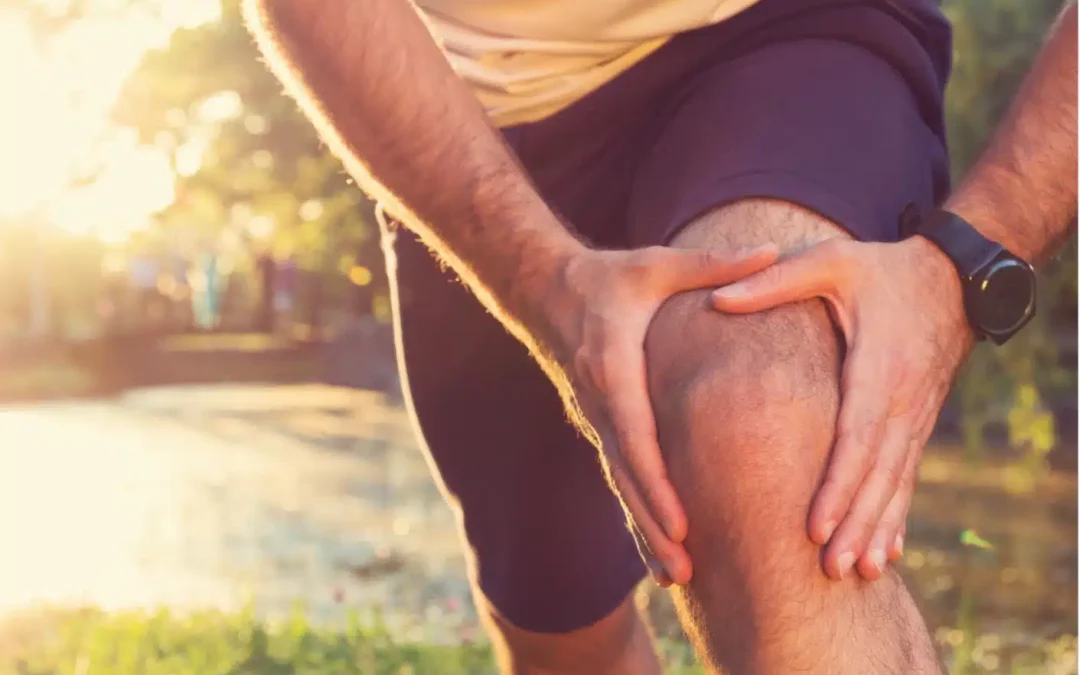For thousands of years, surgery has been humanity’s primary solution for repairing injuries and alleviating chronic pain.

Severe elbow pain limits your ability to enjoy life: Bathing and dressing are challenging, let alone activities like tennis, golf, swimming, and gardening. Even stationary pursuits like knitting or working on the computer are impaired.

The elbow joint is a hinge formed by three bones: the humerus (upper arm), the ulna, and the radius. These bones are securely bound by ligaments, which provide stability whether the joint is in motion or under load. The end of each bone is capped with cartilage that absorbs shock and minimizes friction, facilitating the smooth articulation of the bones against each other. Small, fluid-filled sacks called bursae further reduce friction and cushion the joint.
Tendons connect crucial muscles, such as the biceps brachii for flexion and the triceps brachii for extension, as well as muscles responsible for forearm pronation and supination (inward and outward rotation) to the bones.
Degenerative conditions also can cause elbow pain. Osteoarthritis and rheumatoid arthritis cause pain and stiffness even when the joint is at rest. Undue nerve compression in cubital tunnel syndrome (similar to carpal tunnel syndrome but located in the elbow) causes pain, tingling, numbness, and weakness in the elbow. Infections, like septic bursitis, can also cause elbow pain.
Some of the most common causes of elbow pain include:

The key characteristics of elbow pain symptoms include:
Accurately describing the pain can help a doctor or therapist figure out what causes the elbow pain.
Maintaining healthy joints is essential to ensure continued enjoyment of your favorite sports, hobbies, and activities. To safeguard your elbows from injury and pain, incorporate regular exercise and stretching into your daily regimen. Focus on exercises that strengthen and increase flexibility in the forearm and biceps, and stretch the muscles well before exercising.
Proper elbow mechanics is essential to protect the elbow from strain and injury. When lifting, keep your elbows close to your body, and use both hands when possible. Do not lift or carry heavy weights with fully extended and locked elbows. Instead, maintain a slight bend in the joint to prevent undue stress. When typing, maintain a neutral elbow position with the elbow at a 90-degree angle and your forearms parallel to the floor. Proper mechanics contribute to the long-term health of the elbow joint, preventing injury and reducing the likelihood of developing chronic conditions.
Optimize your physical mechanics throughout your day, particularly while playing sports or engaging in repetitive motions. Refine your workspace and home environment to incorporate ergonomic principles and support that maintain your body and arms in natural positions. Additionally, a few lifestyle modifications, like taking frequent breaks to stretch and using assistive devices to reach or lift heavy weights, can greatly reduce the risks of elbow pain.
For more serious injuries, physical therapy may be needed to resolve elbow pain. Targeted exercises and stretching improve the strength, flexibility, and range of motion of the joint. Over time, this eases pain. Additional techniques like ultrasound, electrical stimulation, and heat or cold therapy may also speed healing and alleviate pain.
Knowing when to seek professional help for elbow pain is crucial for preventing further injury and ensuring effective treatment. Here are key indicators that it’s time to consult a healthcare provider:








If you are in pain or contemplating surgery, you should know your options. Contact your local QC Kinetix clinic to schedule a free consultation and learn what regenerative medicine can do for you.
Sometimes, a heart attack or another problem in the body can cause referred pain in the arm or elbow.

For thousands of years, surgery has been humanity’s primary solution for repairing injuries and alleviating chronic pain.


QC Kinetix Joint & Bone Health supplements help your body to repair and renew injured joint tissues, including cartilage, ligaments, and tendons, while reducing inflammation of the bursae. Unlike steroids or pharmaceuticals, our supplements for joints work with your body to promote healing.
Supplements can boost your overall joint health as part of a general fitness program. However, they are particularly valuable for treating damaged or inflamed and painful joints. The Arthritis Foundation finds that joint health supplements show promise for relieving pain, stiffness, and other symptoms of arthritis.

*Fill out the form below, and an expert will reach out to you shortly. All fields must be completed.
*Please allow 30-60 minutes of allotted time to meet with a specialist to determine if you are a candidate for our services. Exams are included and are complimentary.
